Shift Towards Remote Work
The Software-Defined Security Market is witnessing a transformation driven by the shift towards remote work arrangements. As organizations embrace flexible work environments, the attack surface has expanded, necessitating enhanced security measures. In 2025, it is anticipated that remote work will account for over 30% of the workforce, prompting businesses to invest in software-defined security solutions that can secure remote access and protect sensitive data. These solutions provide centralized management and visibility, allowing organizations to enforce security policies consistently across diverse environments. The increasing reliance on cloud services and mobile devices further underscores the importance of software-defined security in safeguarding remote operations. This trend suggests that the Software-Defined Security Market will continue to grow as companies adapt to the evolving landscape of work.
Rising Cybersecurity Threats
The Software-Defined Security Market is experiencing a surge in demand due to the increasing frequency and sophistication of cyber threats. Organizations are compelled to adopt advanced security measures to protect sensitive data and maintain operational integrity. In 2025, it is estimated that cybercrime will cost businesses over 10 trillion dollars annually, highlighting the urgent need for robust security solutions. Software-defined security offers a flexible and scalable approach, enabling organizations to respond swiftly to emerging threats. This adaptability is crucial as cybercriminals continuously evolve their tactics, making traditional security measures inadequate. Consequently, the Software-Defined Security Market is likely to witness significant growth as enterprises prioritize cybersecurity investments to safeguard their assets.
Growing Demand for Scalability
The Software-Defined Security Market is characterized by a growing demand for scalable security solutions. As organizations expand their operations and adopt new technologies, the need for security measures that can scale accordingly becomes paramount. In 2025, it is projected that the market for scalable security solutions will reach approximately 25 billion dollars, reflecting the increasing recognition of the importance of adaptable security frameworks. Software-defined security offers the flexibility to adjust security protocols in real-time, accommodating changes in the IT environment. This scalability is particularly crucial for businesses undergoing digital transformation, as they require security solutions that can evolve alongside their technological advancements. Consequently, the Software-Defined Security Market is poised for growth as organizations seek to implement scalable security strategies.
Increased Regulatory Compliance
The Software-Defined Security Market is significantly influenced by the growing emphasis on regulatory compliance across various sectors. Organizations are increasingly required to adhere to stringent data protection regulations, such as GDPR and CCPA, which mandate robust security measures. As of 2025, it is projected that compliance-related expenditures will reach approximately 20 billion dollars, driving the demand for software-defined security solutions. These solutions facilitate automated compliance monitoring and reporting, thereby reducing the burden on IT teams. Furthermore, the ability to integrate compliance features into security frameworks enhances the overall security posture of organizations. This trend indicates that the Software-Defined Security Market will continue to expand as businesses seek to align their security strategies with regulatory requirements.
Emergence of Artificial Intelligence
The Software-Defined Security Market is being reshaped by the emergence of artificial intelligence (AI) technologies. AI-driven security solutions offer advanced threat detection and response capabilities, enabling organizations to proactively address vulnerabilities. By 2025, it is expected that AI will play a pivotal role in the security landscape, with investments in AI-based security solutions projected to exceed 15 billion dollars. These technologies enhance the effectiveness of software-defined security by automating threat analysis and incident response, thereby reducing the time to mitigate risks. As organizations increasingly recognize the value of AI in enhancing security measures, the Software-Defined Security Market is likely to experience accelerated growth, driven by the demand for intelligent security solutions.
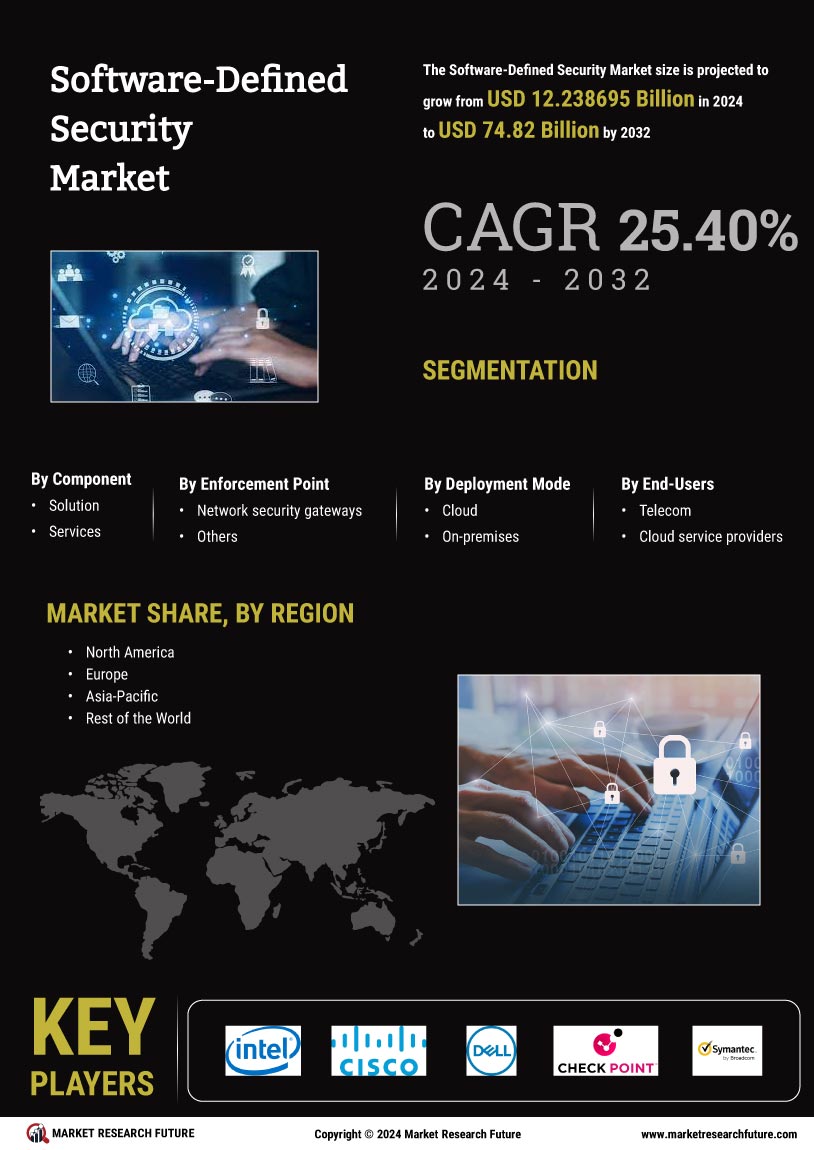


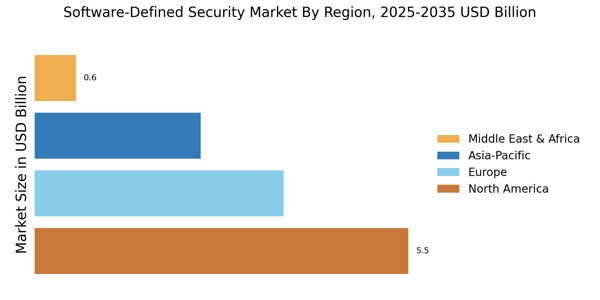


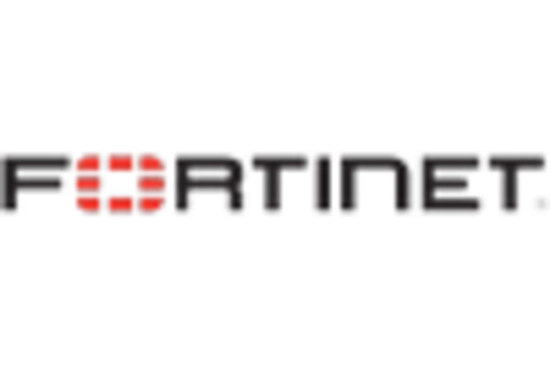

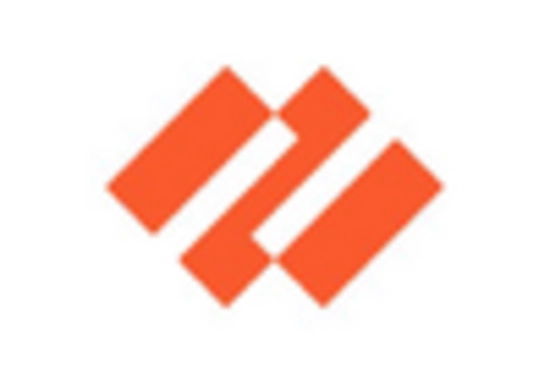
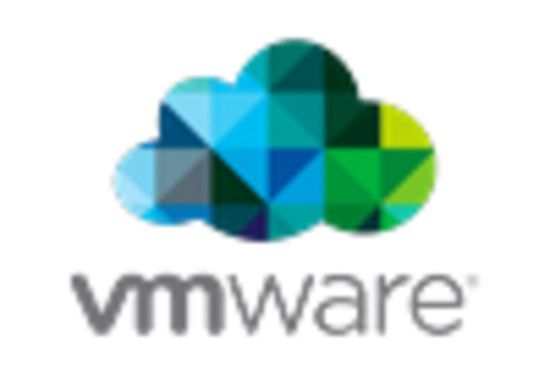








Leave a Comment